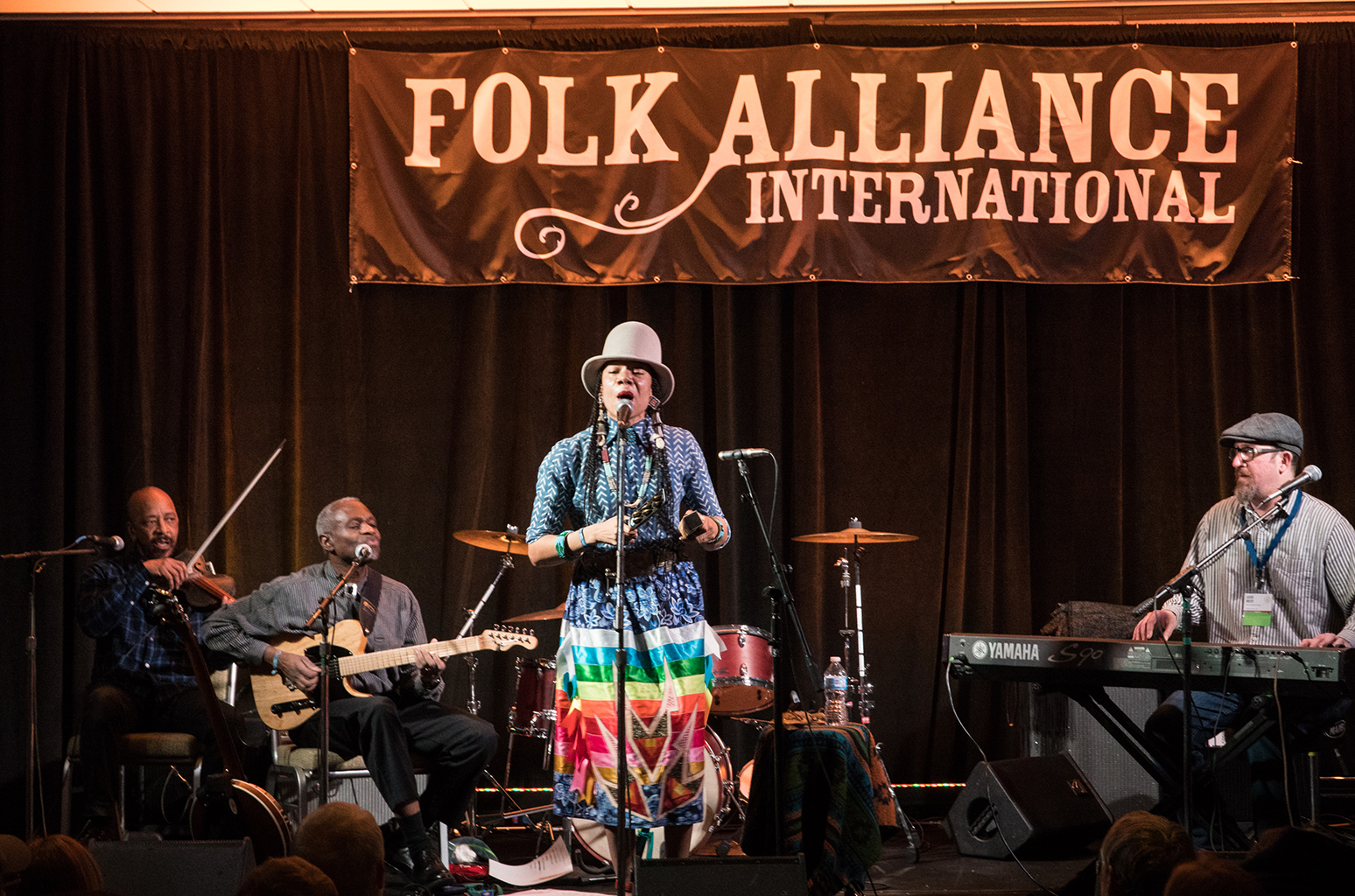News & Notes
Presenting our folk music research in Montreal
I was excited to fly to a very snowy Montreal earlier this week to join the board and staff of Folk Alliance International at their annual conference. I was there to present findings from our new survey of the folk music field—artists, presenters, media professionals, and other stakeholders—and help lead a discussion about implications and next steps. I knew this would be a pivotal moment in the project, and the whole FAI group dove into it with terrific questions, creative ideas, and great energy.
We talked about the generational differences in the data, including younger respondents’ deep concern with equity and representation in the folk music community. We grappled with the porousness of “folk” as a category and its many overlaps with other kinds of music. And we delved into what the field already knows, and still needs to learn, about its audiences. (We speculated that there may be an “identified” folk audience as well as a much larger “latent” folk audience—fans of related genres of music who may not identify with the term folk. I admitted that I’m in the latter category, because I love many of the roots, world, and traditional bands that are core to FAI gatherings, but before leading this project I wouldn’t have said I’m a folkie!)
My two colleagues on the project, Michelle Ernst, PhD and Peter Linett, joined the conversation via video. Our thanks go to FAI executive director Aengus Finnan and board member Michelle Conceison, who oversaw our work and are wonderful clients and colleagues.
Questions about this study or our work with arts service organizations, music venues, etc.? Email me anytime.

